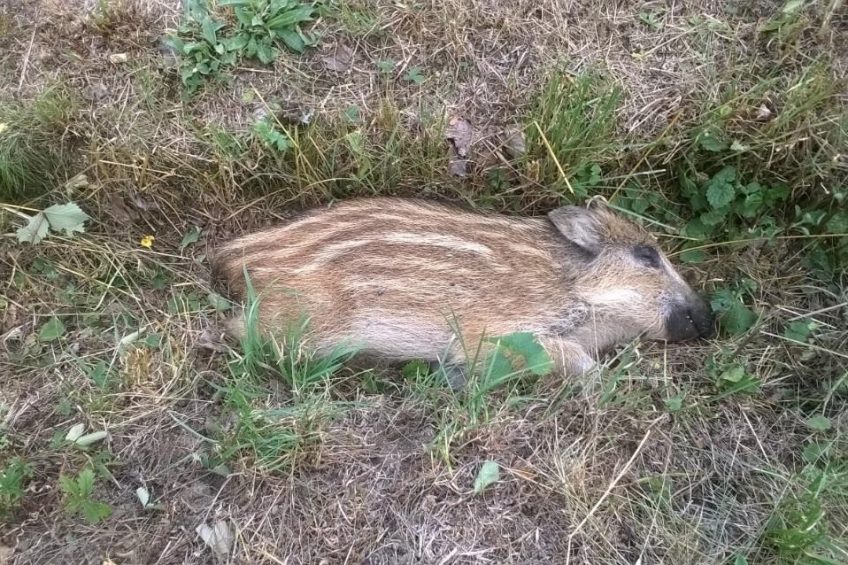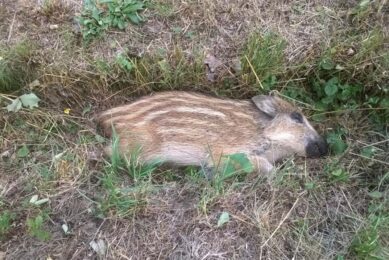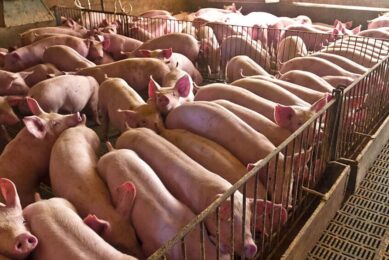EFSA: Humans play a major role in spreading ASF

On the basis of long observations, leading experts and the European Food Safety Authority (EFSA) have confirmed the thesis that humans are mostly to blame for African Swine Fever (ASF) spreading. The authority does various recommendations how to prevent the spread.
Those messages were shared in a recent publication in the EFSA Journal, earlier in November.
African Swine Fever in 6 EU member states
In total, ASF has been discovered in 6 member states of the EU in recent years: Latvia, Lithuania, Estonia, Poland, Romania and the Czech Republic. The European Food Safety Authority (EFSA) assisted 4 of them in the analysis of epidemiological data on ASF, collected until September 2017.
Read more about pig health in the Pig Progress Health Tool
The temporal analysis demonstrated that the average proportions of PCR and antibody-ELISA positive samples from the hunted wild boar remained below 3.9 and 6.6, respectively. A peak in the ASF incidence was observed 6 months after the 1st observed case, followed by a significant reduction of the number of cases and low levels of ASF virus (ASFv) circulation at the end of 38 months follow-up period at different spatial resolutions, the researchers wrote.
Human-mediated spread of ASFv
According to the researchers, “the spatial analysis concluded that human-mediated spread of ASFv continues to play a critical role in the ASF epidemiology, despite all measures currently taken.
“‘Wild boar density’, ‘total road length’ (as proxy for human activity) and ‘average suitable wild boar habitat availability’ were identified as predictors for the occurrence of ASF in Estonia by a Bayesian hierarchical model, whereas ‘wild boar density’ and ‘density of pig farms’ were predictors according to a generalised additive model.”
Preventive strategies
In the article, the scientists continued to write: “To evaluate the preventive strategies proposed in EFSA’s scientific opinion (2015) to stop the spread of ASFv in the wild boar population, a simulation model, building on expert knowledge and literature was used. It was concluded that reduction of wild boar population and carcass removal to stop the spread of ASFv in the wild boar population are more effective when applied preventively in the infected area.”
Also read the interview with scientists Dr Klaus Depner and Dr Sandra Blome: “African Swine Fever is a man-made disease”
They concluded: “Drastic depopulation, targeted hunting of female wild boar and carcass removal solely implemented as measures to control ASF in the wild boar population need to be implemented in a highly effective manner (at or beyond the limit of reported effectivity in wild boar management) to sustainably halt the spread of ASF.”
The publication in the EFSA Journal was authored by Klaus Depner, Christian Gortazar, Vittorio Guberti, Marius Masiulis, Simon More, Edvīns Oļševskis, Hans-Hermann Thulke, Arvo Viltrop, Grzegorz Woźniakowski, José Cortiñas Abrahantes, Andrey Gogin, Frank Verdonck and Sofie Dhollander.
Join 18,000+ subscribers
Subscribe to our newsletter to stay updated about all the need-to-know content in the pigsector, three times a week. Beheer
Beheer










 WP Admin
WP Admin  Bewerk bericht
Bewerk bericht